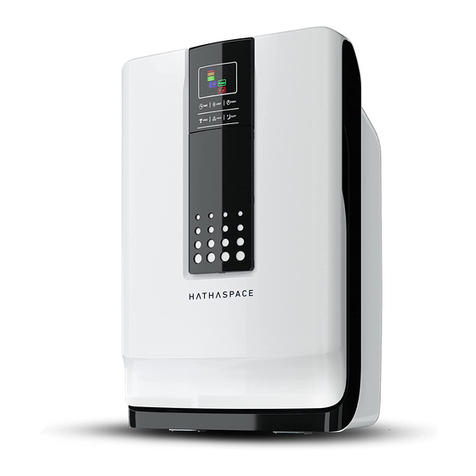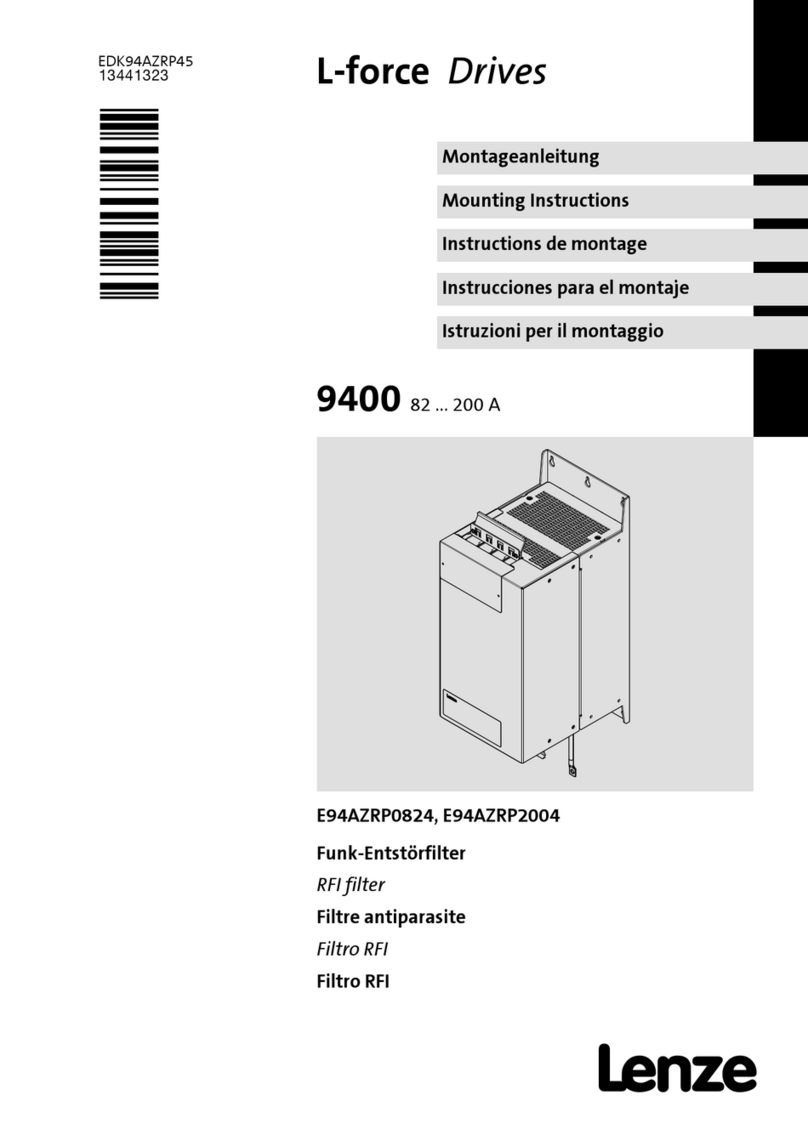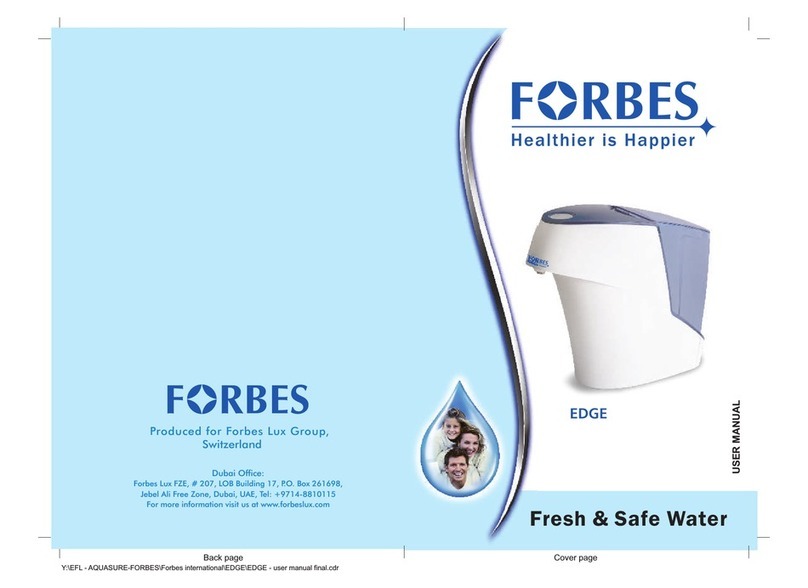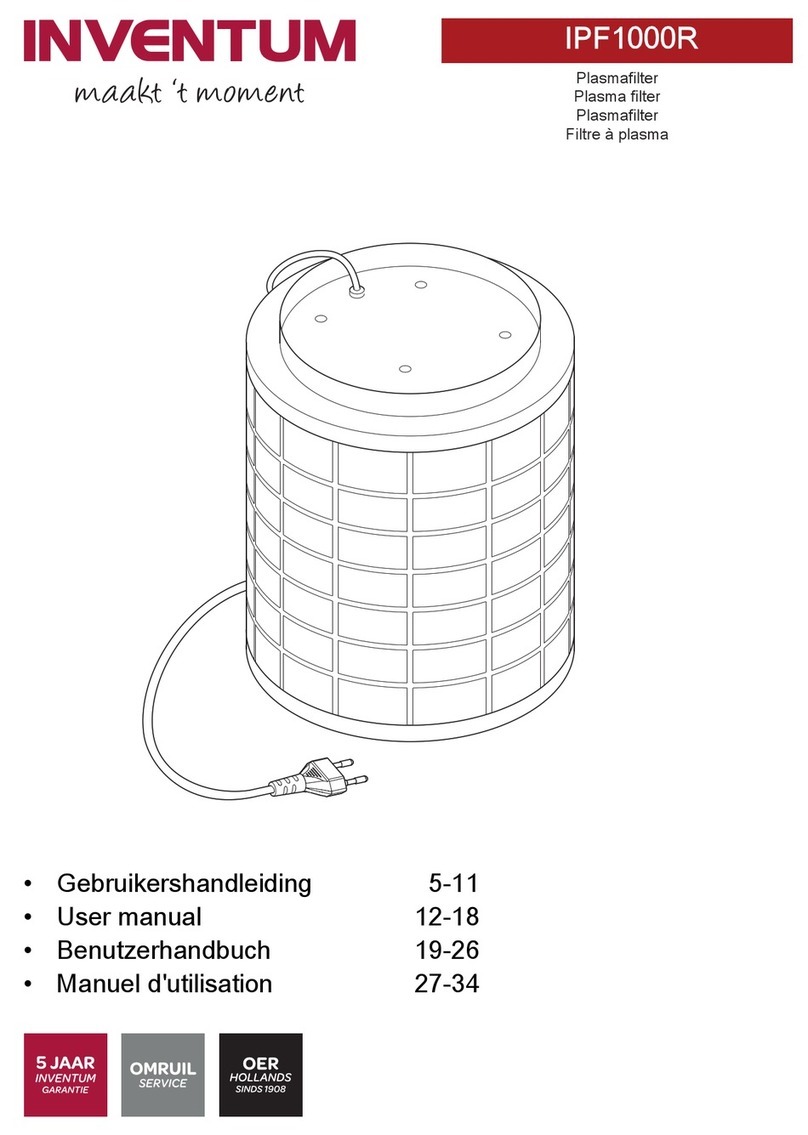IONFILTER ALISON User manual




















Table of contents
Other IONFILTER Water Filtration System manuals
Popular Water Filtration System manuals by other brands
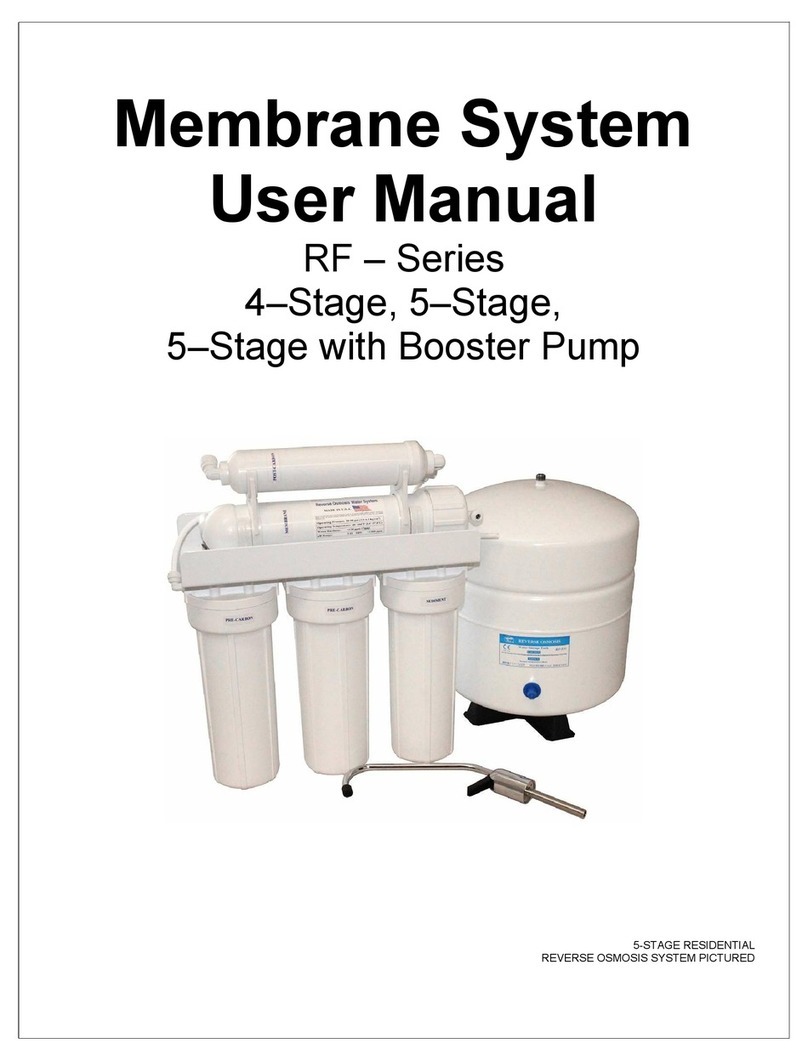
Reverse Osmosis
Reverse Osmosis RF Series user manual

Culligan
Culligan GoodWater Machine DrinkingWater System owner's guide

Water Right
Water Right ECLIPSE WRO-35 Installation, operation & service manual
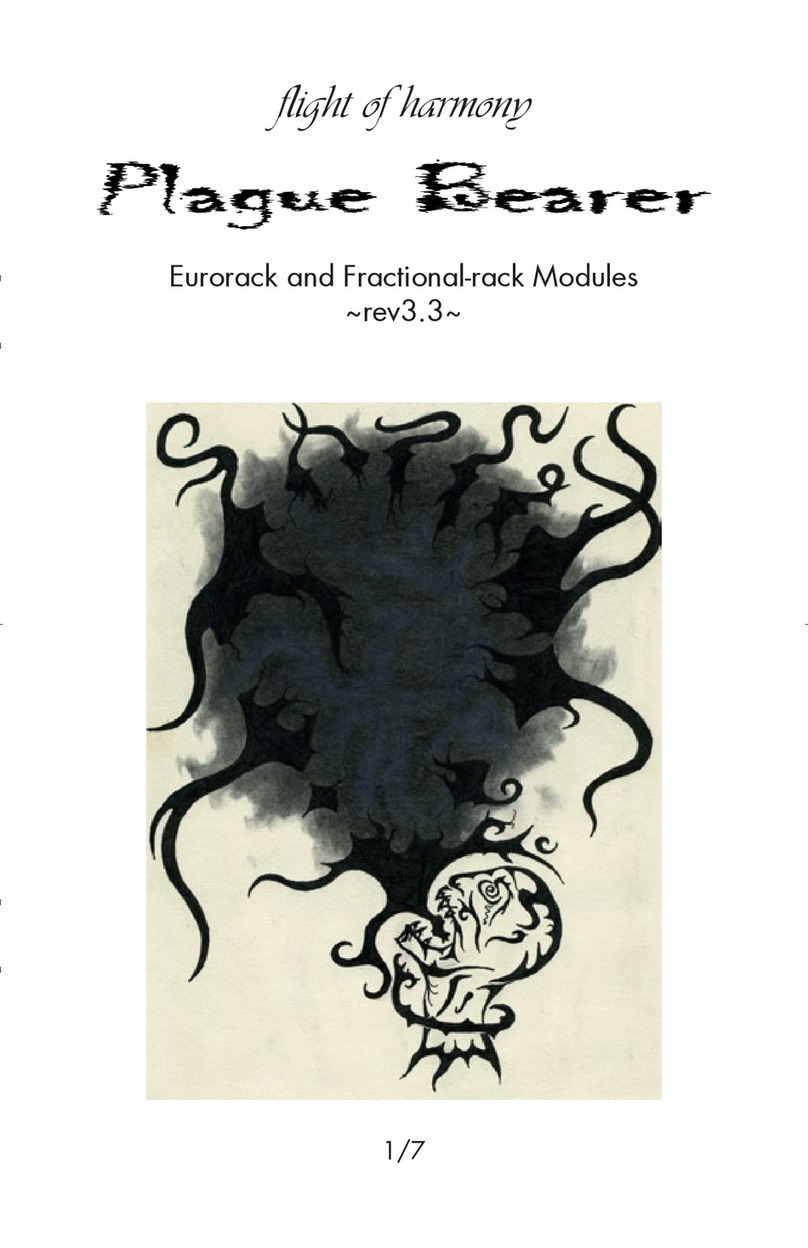
flight of harmony
flight of harmony PB-1E owner's manual
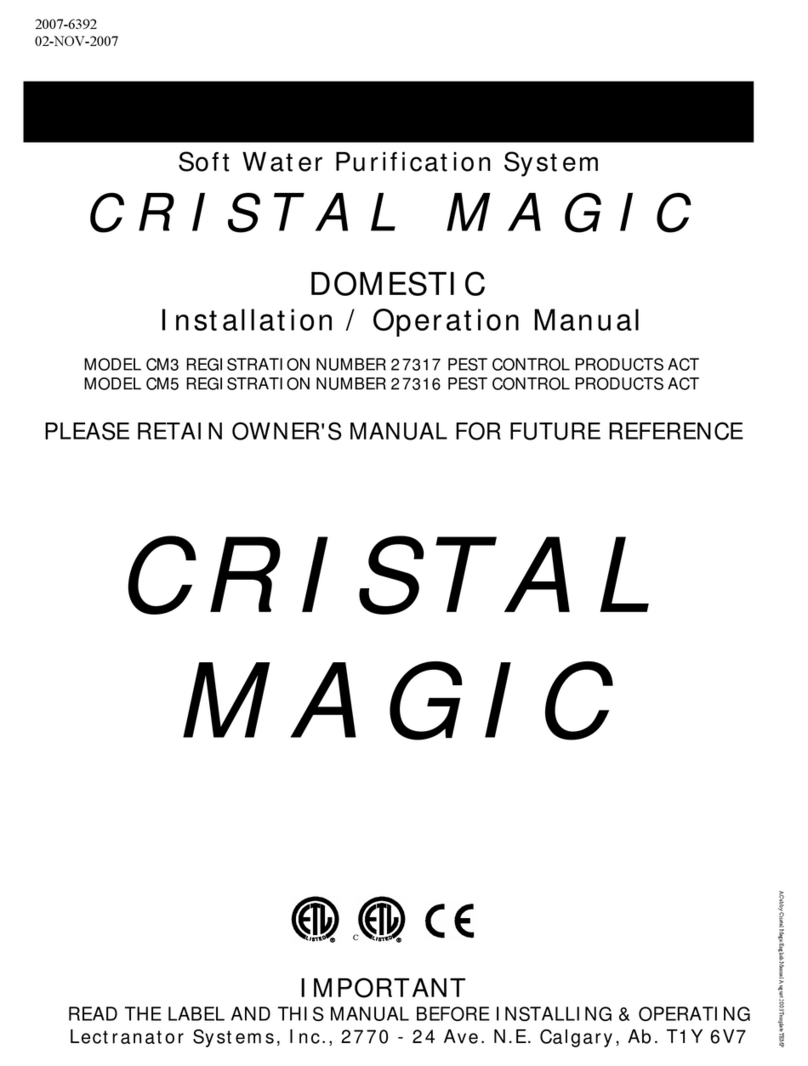
Lectranator Systems
Lectranator Systems CRISTAL MAGIC CM3-1 Installation & operation manual

Bijur Delimon
Bijur Delimon 43252 quick start guide
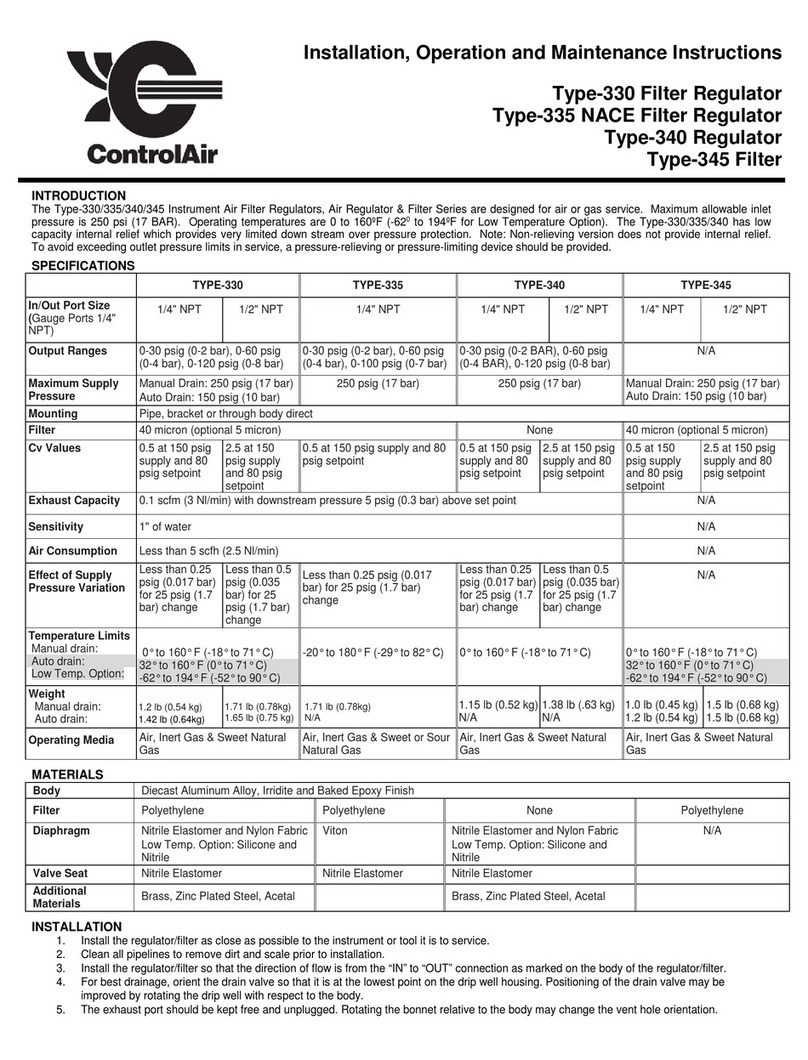
controlair
controlair 330 Installation, operation and maintenance instructions
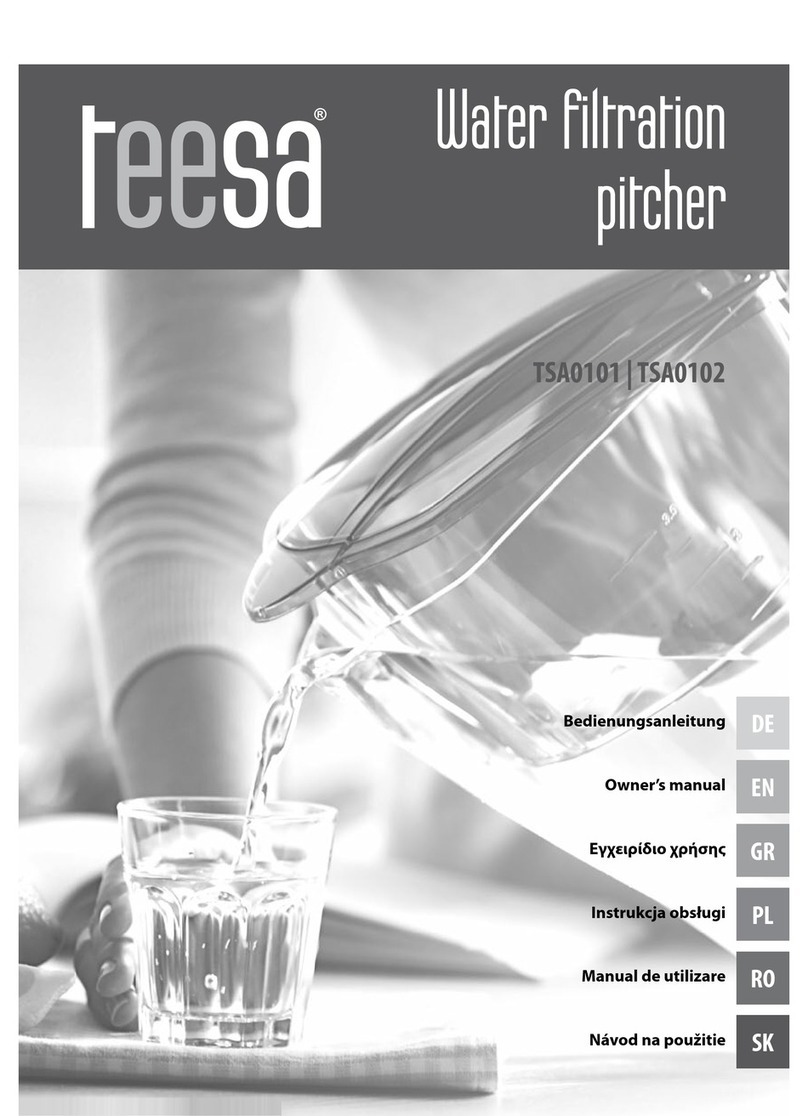
Teesa
Teesa TSA0102 owner's manual

Weq
Weq CFW320-KFA Installation, configuration and operations guide

norweco
norweco SINGULAIR BIO-KINETIC 960 owner's manual
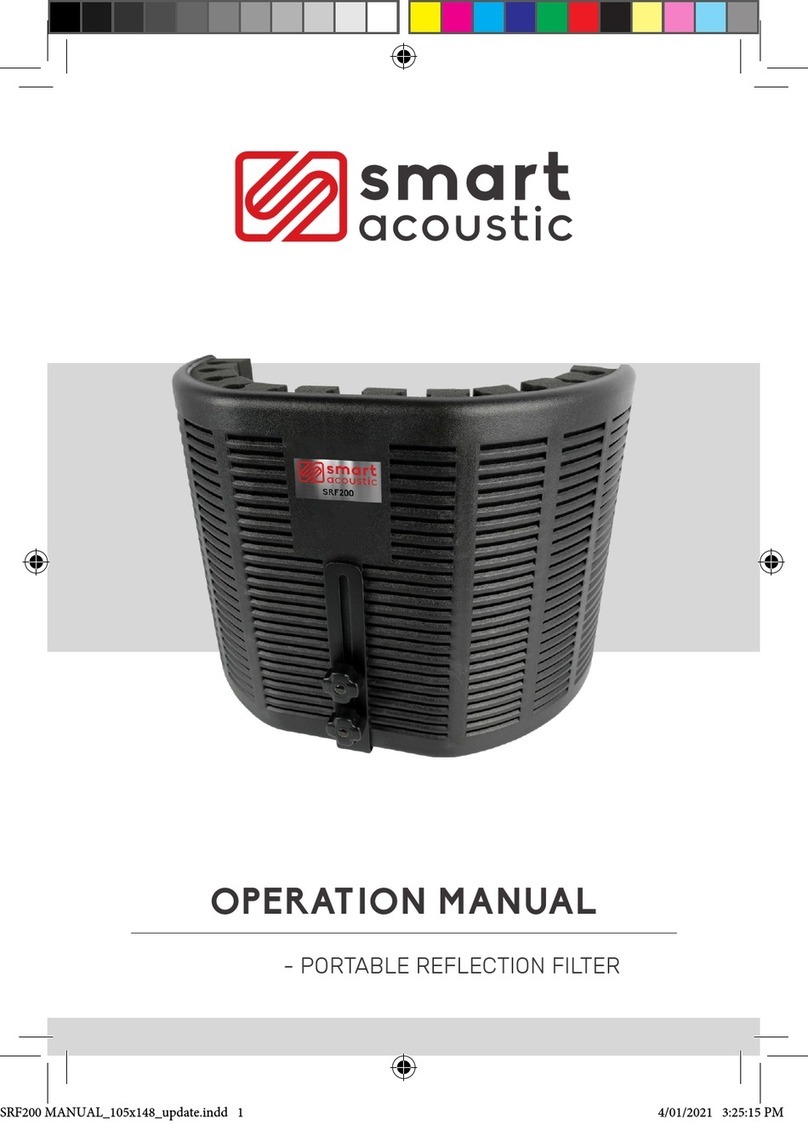
smart acoustic
smart acoustic SRF200 Operation manual

US Water Systems
US Water Systems Flexx Oxi-Gen FX-150 owner's manual




